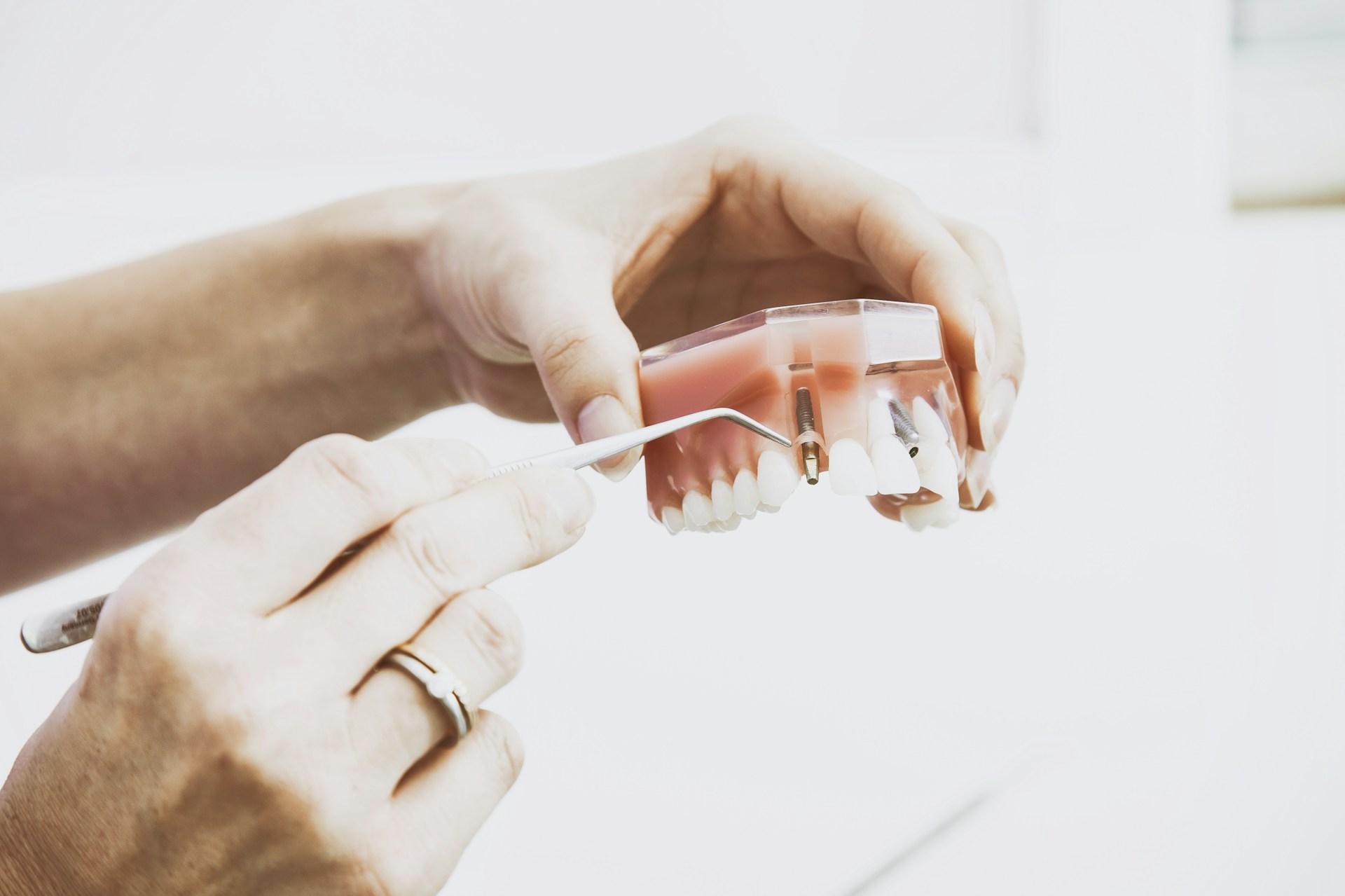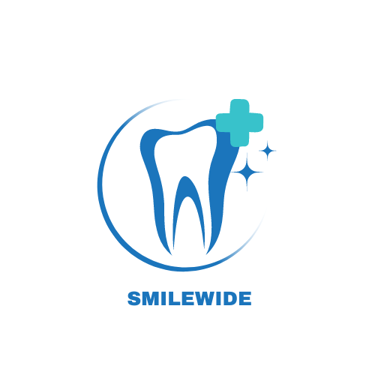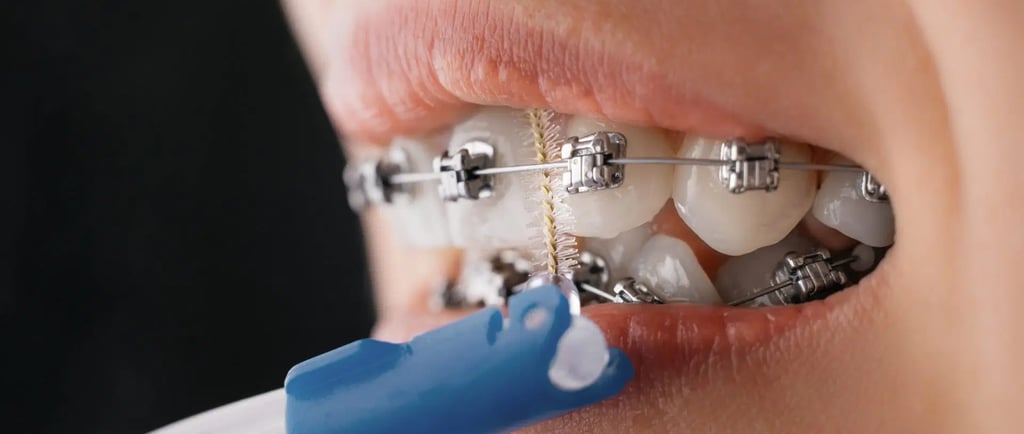SMILE- It costs nothing !!!
Benefits of Orthodontic Brushes for Braces Wearers
Discover the advantages of using orthodontic brushes specifically designed for braces wearers. Improve your oral hygiene with specialized bristles that effectively clean around brackets and wires, ensuring a brighter smile as part of your essential dental care routine.
11/6/2024
Orthodontic Brushes
When you have braces, keeping your teeth clean becomes a bit more challenging.
Food particles and plaque can easily get trapped in brackets and wires, increasing the risk of cavities, gum disease, and other dental issues.
To maintain good oral hygiene with braces, a regular toothbrush alone isn’t always enough. That’s where orthodontic brushes come in.
These specialized brushes are designed to help you reach those tricky areas and keep your teeth and braces clean and healthy.
What Are Orthodontic Brushes?
Orthodontic brushes are specially designed toothbrushes and cleaning tools tailored to meet the unique needs of people with braces or other orthodontic appliances.
They come in various forms, but their main goal is to remove food particles, plaque, and debris from areas that are difficult to reach with a standard toothbrush.
There are different types of orthodontic brushes, including:
Interdental brushes: Small, thin brushes designed to clean between the teeth and around brackets and wires.
V-shaped or V-cut toothbrushes: Regular-sized toothbrushes with a groove or "V" shape in the bristles, allowing them to clean around the brackets.
Electric orthodontic brushes: Electric toothbrushes with specialized attachments or settings for braces care.
End-tufted brushes: Small-headed brushes with a few bristles, ideal for cleaning around brackets, wires, and the gumline.
Each type has its own benefits and can be used in different ways to ensure complete cleaning around braces.
Related : Oral Hygiene tips for braces
Why Are Orthodontic Brushes Important?
Braces make it easier for food and plaque to become trapped around the teeth and under the wires. Without proper cleaning, this can lead to:
Cavities and tooth decay: Plaque buildup around braces increases the risk of cavities.
Gum disease: Poor cleaning habits can lead to inflammation, bleeding, and gum disease.
White spots: Improper brushing can cause demineralized areas or white spots on the teeth, which can become permanent.
Bad breath: Food particles and plaque trapped in braces can lead to unpleasant odors.
Using an orthodontic brush can help prevent these problems, allowing for a more comfortable experience with braces and ensuring your teeth remain healthy throughout treatment.
Related : Benefits of water flossers
Types of Orthodontic Brushes and How to Use Them
1. Interdental Brushes
Interdental brushes are small, narrow brushes that look like tiny bottle brushes.
They are used to clean between the teeth, under wires, and around brackets. Here’s how to use them:
Step 1: Insert the brush gently between your teeth, around brackets, or under the wire.
Step 2: Move it back and forth carefully to dislodge food particles and remove plaque.
Step 3: Rinse the brush thoroughly after each use to keep it clean.
Interdental brushes are very effective for removing debris and are available in different sizes to fit various gaps between the teeth.
2. V-shaped or V-cut Toothbrushes
These toothbrushes have a "V" shape in the middle of the bristles, allowing them to clean around braces more effectively than standard toothbrushes.
Step 1: Hold the brush at a 45-degree angle to the gumline.
Step 2: Brush in small, circular motions, focusing on the area around the brackets.
Step 3: Pay special attention to the space between the brackets and the teeth to ensure a thorough clean.
V-shaped brushes are often recommended for people with braces because they can easily maneuver around the wires and brackets.
3. Electric Orthodontic Brushes
Some electric toothbrushes come with special heads or settings that make them ideal for orthodontic care.
The vibrations and rotations can help remove more plaque and debris than manual brushing.
Step 1: Use the orthodontic setting (if available) or a low-speed setting for gentle cleaning.
Step 2: Guide the brush around each bracket and wire, allowing the brush to do most of the work.
Step 3: Spend extra time in hard-to-reach areas, such as the back teeth and along the gumline.
Electric orthodontic brushes are convenient and effective, especially for people who struggle with manual brushing techniques.
4. End-tufted Brushes
These brushes have a small, compact head that can reach tight spaces around the braces, especially around the gumline and the back molars.
Step 1: Hold the brush at a 45-degree angle to the gums.
Step 2: Focus on one tooth at a time, gently brushing around the bracket and along the gumline.
Step 3: Use gentle, circular motions to remove plaque and debris.
End-tufted brushes are useful for precision cleaning and are often used as an additional tool for people with braces.
Tips for Effective Brushing with Braces
Brush after every meal: Food can easily get stuck in braces, so it’s essential to brush after eating.
Use fluoride toothpaste: This helps to strengthen the enamel and prevent cavities.
Don’t forget to floss: Flossing can be challenging with braces, but tools like floss threaders and water flossers can make it easier.
Rinse with mouthwash: An antibacterial mouthwash can help reduce plaque buildup and keep your mouth fresh.
Replace brushes regularly: Orthodontic brushes wear out faster, so replace them every three months or sooner if the bristles become frayed.
FAQ's on Orthodontic brushes
1. Can I use a regular toothbrush with braces?
Yes, you can use a regular toothbrush, but it may not clean as effectively around brackets and wires as an orthodontic brush.
Consider using a V-shaped brush or an interdental brush along with your regular toothbrush.
2. Are electric toothbrushes safe for braces?
Yes, electric toothbrushes are safe for braces, and they can be more effective at removing plaque. Look for one with a soft-bristle attachment and an orthodontic setting if available.
3. How often should I replace my orthodontic brush?
Orthodontic brushes tend to wear out faster, so it’s recommended to replace them every 3 months or when the bristles start to fray.
Orthodontic brushes are essential tools for anyone with braces.
By incorporating these brushes into your routine and following effective cleaning habits, you can keep your mouth healthy throughout your orthodontic journey.

Contact Smiles
drdeepi15@gmail.com
Dr. Deepika B.D.S
© 2025 SmileWide Dental. All Rights Reserved.
Have doubts ..?


